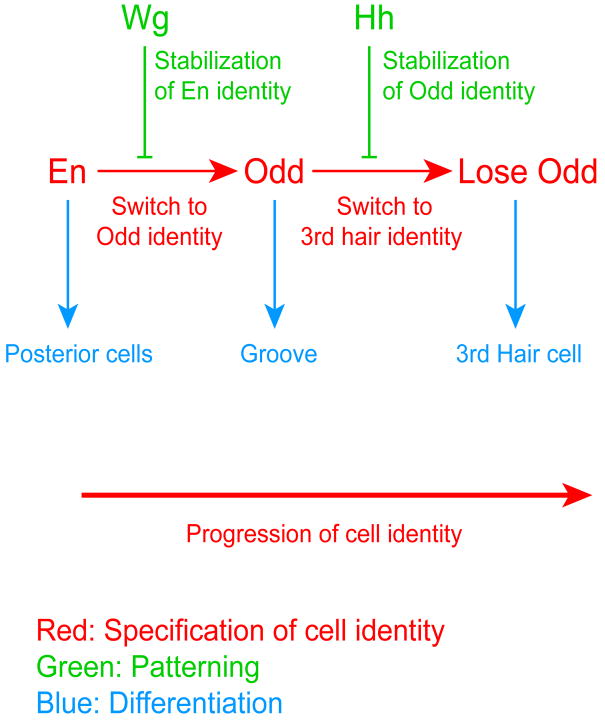Figure 7. Model of progression of cell identity.
Progression of cell identities (red) proceeds independently of the Wg and Hh patterning signals. Patterning signals (green) stabilize already specified cell identities and prevent their switch toward different identities. Differentiation acts on the cells according to their current cell identity (blue). The already differentiated second row of groove cells switch from groove cells to cells producing hairs, showing that differentiation does not block the other two mechanisms. Interplay between cell identity progression and patterning signals ensures that a cell identity is specified when the previous and adjacent one is patterned. Newly specified cells take the patterned cells as a reference, so the anterior and the posterior side of a group of cells is patterned at different stages by distinct signals. The progression of cell identity is therefore visible in the spatial sequence of cell types present in the wild-type embryo. Note that wild-type Odd cells normally receive Hh early. This early influence maintains the population that will later transition to hair producing cells, explaining why these cells are missing in Hh mutants.

